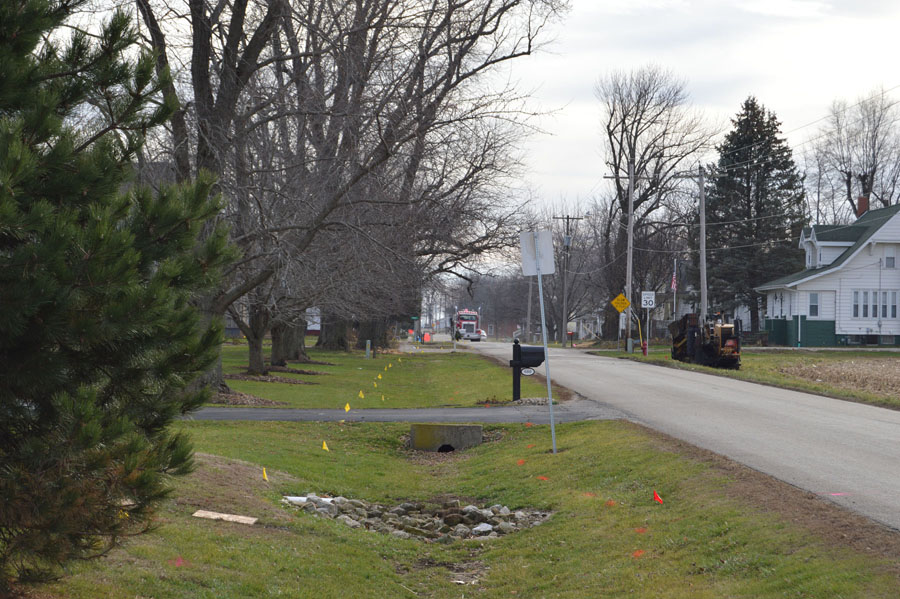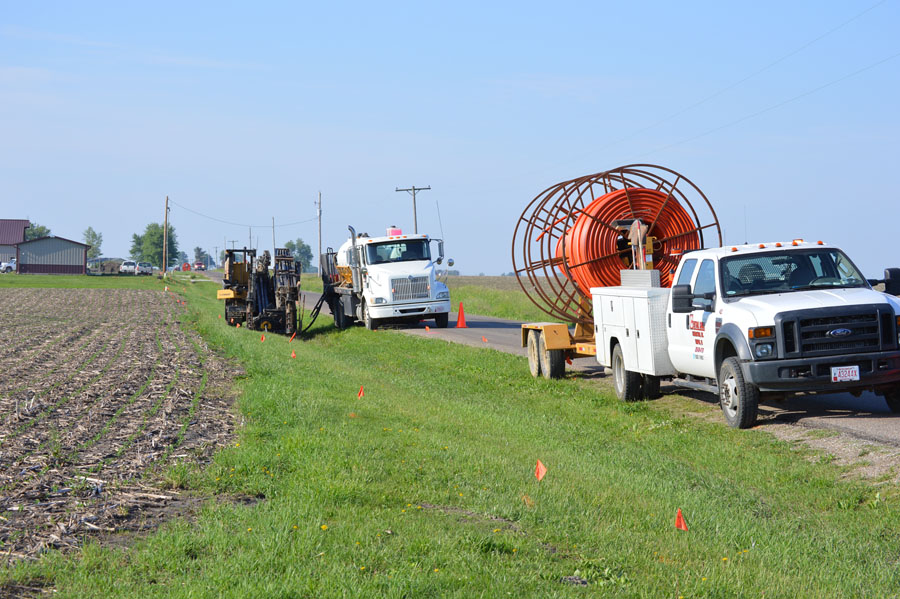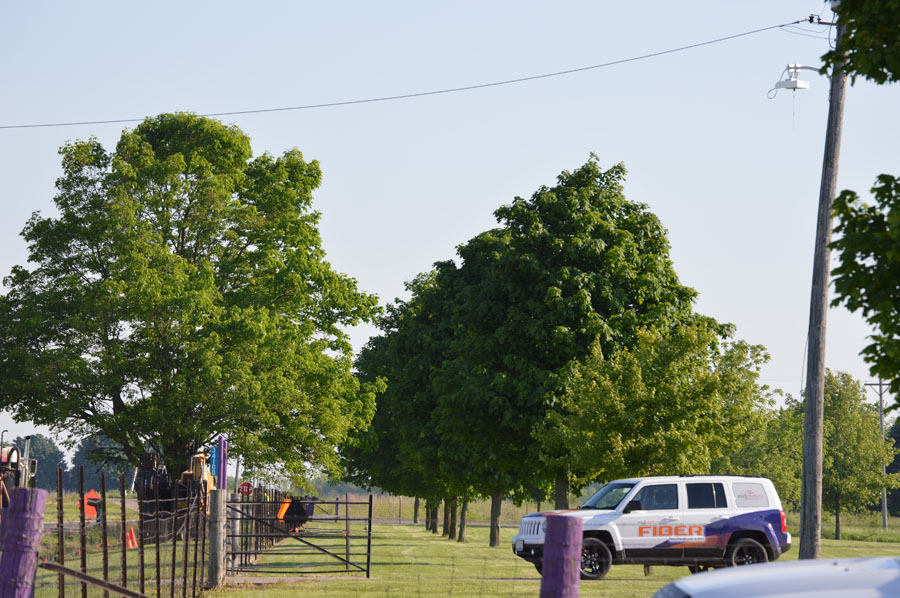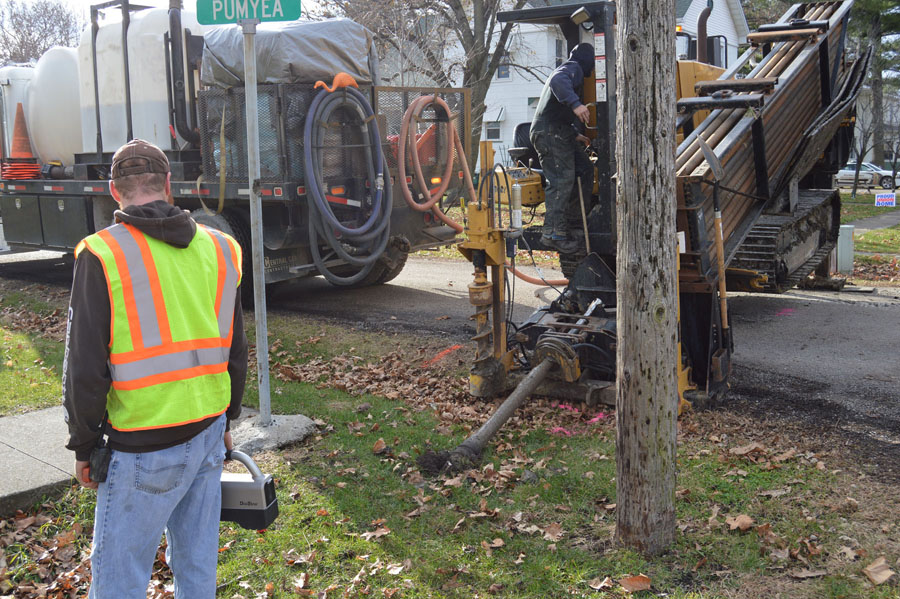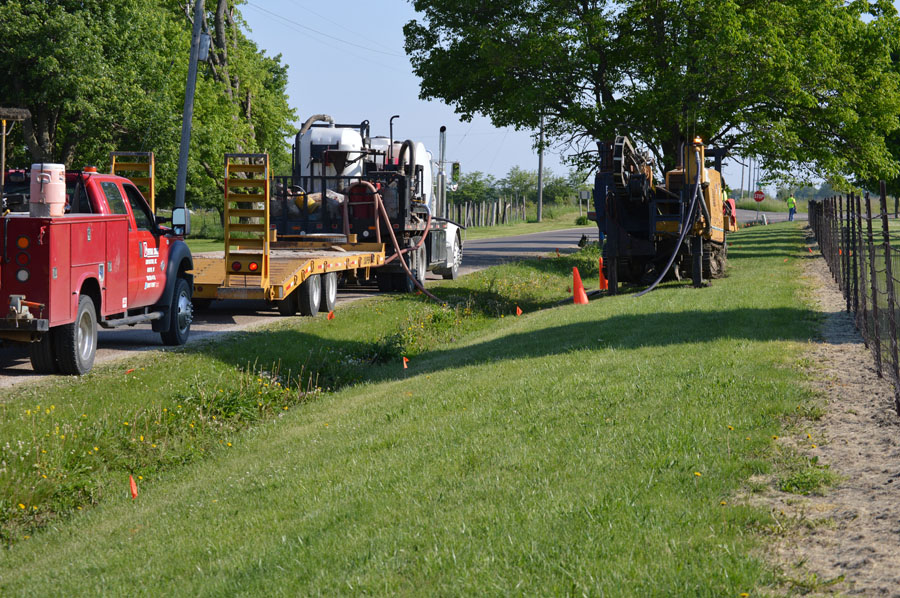Getting Fiber to Your Neighborhood
While you wait, we get busy!
It can feel like a lifetime when you are waiting for something you really want to experience, especially when you know someone else already has it and really enjoys it. We understand, and promise your fiber optic Internet and telephone service will be worth the wait. Here’s a glimpse at why your patience is appreciated and necessary.
Timing is everything…
Our goal is to bring you Mid Century Fiber service as quickly as possible. We have mapped out interest gathering areas and will open up sign-ups in these areas when enough interest is shown for a particular neighborhood or community. This Sign-up phase is the time when you can pre-register and choose your package. It is also a period of time when we determine the level of commitment by a prospective Fiberhood. After we reach our commitment requirements, the sign up period closes. If your Fiberhood has met its goal, we’ll contact you with an estimate of when you can expect construction to begin, any construction updates of interest to your Fiberhood, and when you can self-schedule your installation online.
A lot of things impact our timing, though. This piece explains what we do between the time you sign up and the time we can install Mid Century Fiber in your home. It also explains why sometimes things can take a bit longer than we originally anticipated.
Building brand new networks takes time.
Building a fiber network takes a lot of time. It requires laying all new fiber optic cable in the ground and on rare occasions on utility poles. One foot of fiber at time, just think how many miles of streets are in your city or just your neighborhood. That is a lot of ground to cover and takes a lot of time.
Before we invite you to sign-up for Mid Century Fiber, we spend a lot of time developing a construction plan for your community and work with local authorities on permitting and other issues. Once a Fiberhood qualifies for fiber service, there is more design, engineering and staking work to be done.
Underground investigations must be done.
Before we can lay the fiber in the ground or bring in construction equipment such as boring machines, we have to figure out where the existing underground utilities lie. We follow the required process for marking the locations (“JULIE locates”) where each utility is supposed to be. This helps our construction crews when they are digging. You might see orange, blue, red, green or yellow paint/flags on sidewalks, streets, and on your grass. Those are locating marks.
Private property access rights must be acquired.
Our franchises, which are issued by a state or local government, give us the right to build our network in public rights-of-ways and easements in a particular jurisdiction. Where applicable, we have to separately secure the rights to construct on private property, such as in a multi-family apartment building, in a gated community, or across a private road.
Utility poles must be examined.
Before we can pull fiber to utility poles and begin any aerial work, we determine if there’s space for our fiber on existing poles. Specific regulations and contractual obligations exist for placement of equipment on utility poles and may require coordination with third parties.
Construction can be disruptive.
Most construction work is disruptive in one way or another. Mid Century Fiber attempts to minimize disruption for the city and its residents.
Hurry up and wait.
Even under the best of circumstances, some things can slow us down that are out of our control, such as:
- Weather and more weather. We still work outside when the weather doesn’t cooperate, but sometimes it is just impossible. Consider when you notice most road construction. You see more of that in spring and summer than in fall or winter. Usually, you won’t see road construction on snowy or rainy days. This pattern is similar for Fiber construction. Nearly everything stops or slows down in bad weather, including fiber network construction.
- There is just not enough daylight sometimes. Construction permits are usually only valid for certain days of the week and may limit times of the day crews can work. We might have enough crews to work longer days or over the weekends, but we must comply with the local restrictions.
Your neighbor might get fiber installed before you.
Occasionally one or two homes on a street don’t get installed until weeks or months after the rest of the street is installed. This can be confusing to residents, and your patience is always appreciated. There are a couple of reasons this might happen:
- Property access may be an issue. Sometimes we can’t get onto the property for some reason.
- Installation differences may occur. A few houses in a neighborhood can have underground cables while the rest of the houses in that neighborhood all have overhead cables. In that case, the houses with underground cables are usually installed later than the rest.
- Unforeseen circumstances can arise. We wish we could prepare for every unexpected obstacle, but sometimes there are unique conditions at a particular address that affect our ability to install Mid Century Fiber.
We’re very efficient when we can be!
We can still run into roadblocks and delays though. We have learned a lot since our first fiber-to-the-home buildout and have streamlined as much as possible in our construction process. For example:
- We build out a city strategically, deploying resources where they can be put to work. Rather than having to go from street A to street B, we can build street K and then H and then Q, if that makes more sense, and then connect them as we get adjacent streets completed. This means we can bypass streets that may be temporarily inaccessible and come back to them later. That helps us keep moving forward, keeps our crews busy, and makes the whole process go as quickly as possible.
- We have designed the Fiberhood sign-up and construction process to maximize efficiency. This means we stick to our sign-up deadlines so that we can build in a particular Fiberhood and then move on to work in another Fiberhood.
- We plan in advance and coordinate with the local authorities as much as possible, so we’re ready to start construction as soon as sign ups close.
- When it’s time to connect to your home, we’ll email you so you can schedule your installation appointment online.
Thank You for Choosing Mid Century Fiber!


